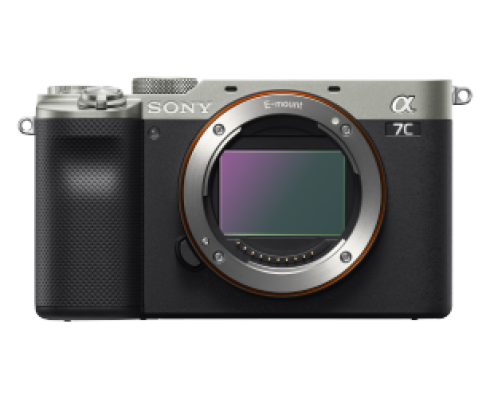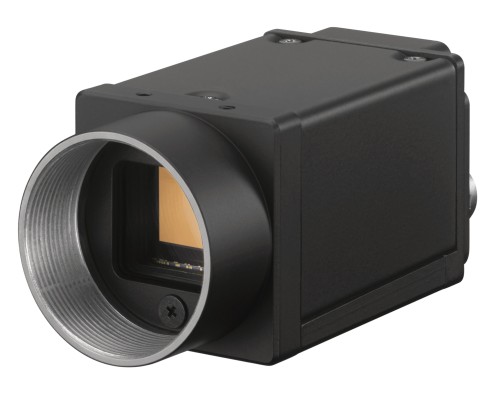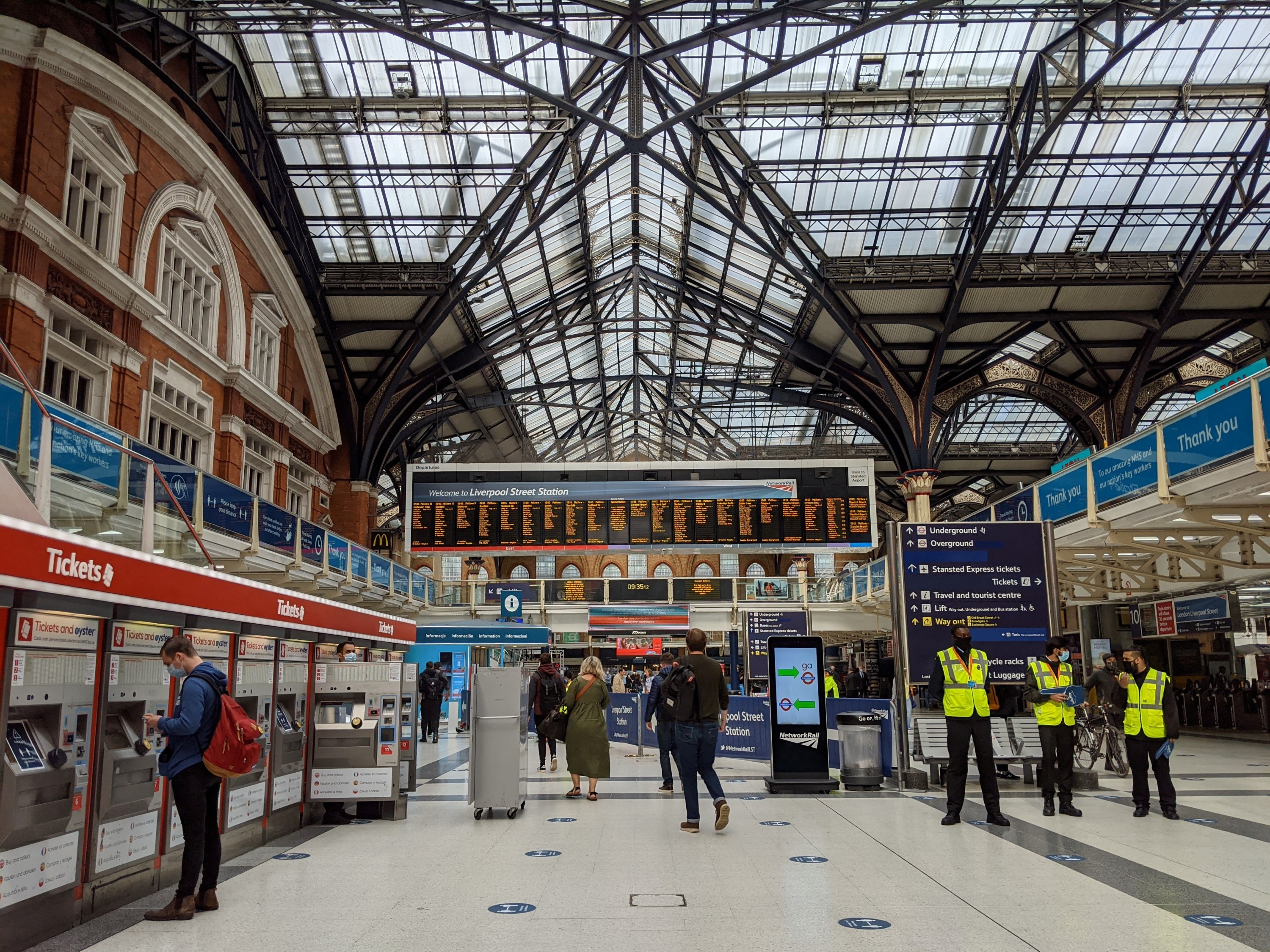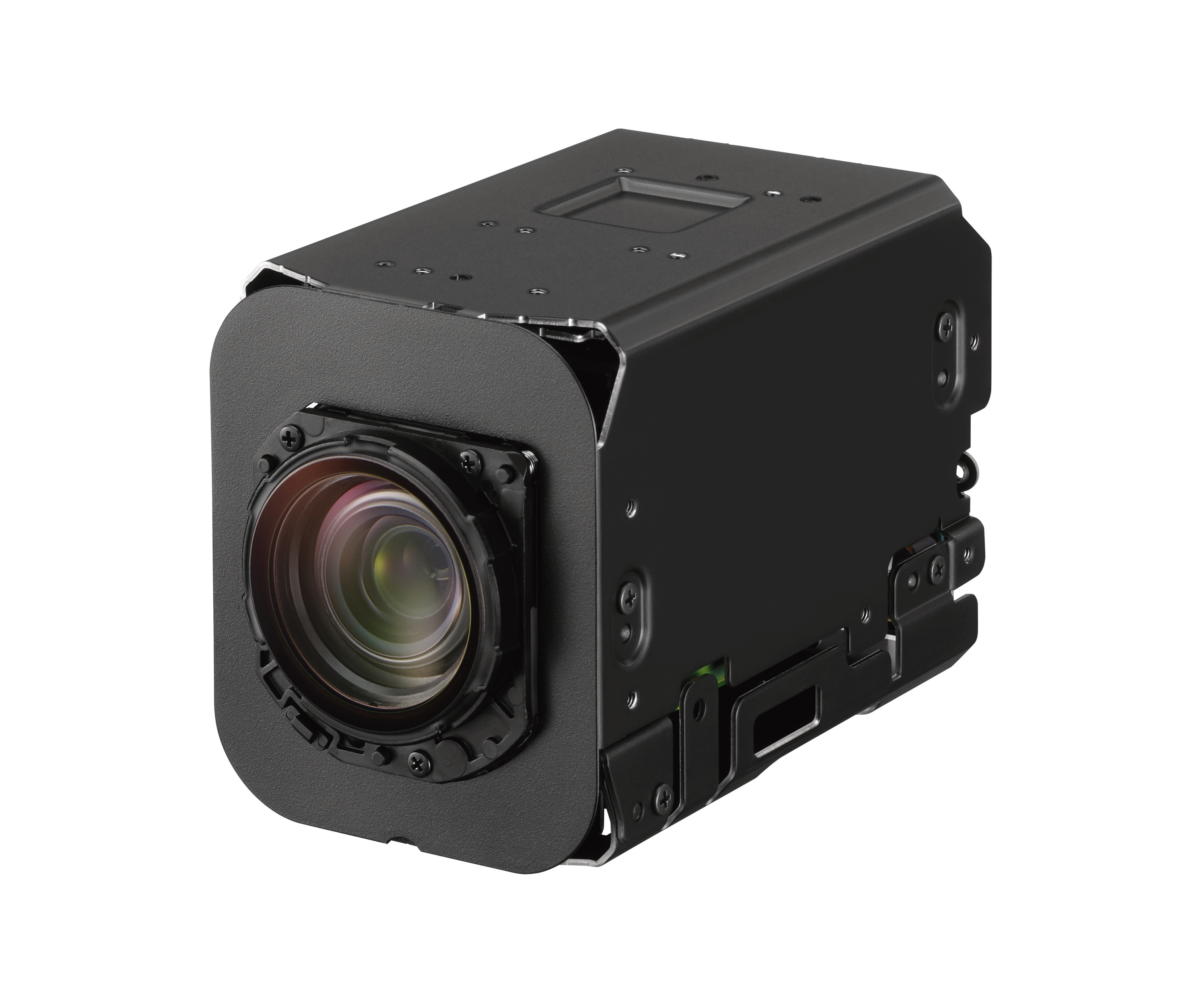
Sony Alpha camera supported by Sony SDK (Software Development Kit)

Sony Alpha camera supported by Sony SDK (Software Development Kit)

Digital Video Camera using various interfaces (USB, Gigabit Ethernet, Camera link)
Indeed, the inability to travel easily coupled with the need to socially distance when in a meeting room means video conferencing and vision equipment will be relied upon more than ever before: with individuals each spaced 2m (or more) from their colleagues and the camera position / resolution needing to be able to both focus on individuals and move seamlessly.

The MIT student centre and masked alchemist statue. The university is among several elite institutions to offer remote learning as a result of the Covid-19 outbreak
But it’s not just businesses, doctors have already begun using video conferencing systems to deliver tele medicine and universities are likely to greater-adopt the technology to bring together those (socially-distanced) in lecture theatres, with those choosing to study remotely.
So, with the recent advances in image sensor and processor capabilities (and the advances in digital zoom this allows), is a digital PTZ mechanism good enough to cope? Or do you still need a mechanical mechanism?
If this question was asked just a few years ago the answer would be an out and out “no”. Possibly the most famous article on the subject (albeit from 2010) is from Network Web Cams, which stated: “The benefits that DPTZ offer over conventional PTZ do not outweigh the limitations in quality.”
And adding: “In order for digital PTZ systems to be truly comparable to conventional PTZ system the resolution and quality at full zoom needs to be identical. To achieve this you would need to make the image sensor large enough that when zoomed in both resolutions are the same, in the case of most PTZ cameras this would be 640×480. This would be completely unfeasible and with new megapixel PTZ cameras arriving shortly the gap between the two will only increase.”
640 x 480 … times have indeed changed. As such, to use Network Web Cam’s words: “digital PTZ [was] being marketed largely as an add-on feature to provide zoom on static megapixel cameras with very few being aimed as a direct replacement for PTZ cameras.”
Today, HD sensors (1920x1080) are now used in the majority of PTZ modules, and these deliver 6.75 times that resolution. More recently, 4K sensors (4096x2160) have started to be adopted (albeit far from ubiquitously) and these give 28.8 times as many pixels.
As a result, we have now reached the point where digital PTZ systems make sense for some applications. But, importantly, (albeit, by no means all)
So what are the trade-offs for digital and mechanical PTZ systems, and when does it make sense to use either?
Trade-offs:
1 - Cost:
This digital-PTZ approach has enabled cheaper lens technologies to be used, mechanical platforms (for the pan-tilt-zoom mechanism) to be eliminated, as well as simpler housing designs to be used.
This significantly reduces system cost, which is ideal in applications like, for example, small-to mid-scale conferencing suite systems.
Here, the digital PTZ can zoom in well-enough on individuals in small rooms, indeed it is ideal for meeting rooms that sit about 7 people normally spaced (3-4 socially distanced people). But this is the current limit of the technology.
As 4K is adopted more widely, a digital PTZ’s field of vision will increase, but this will be accompanied with a rise in sensor cost and this will need to be factored in.
2 - Reliability and robustness:
The removal of mechanical parts will have a positive impact on reliability. Bearings can wear, motors can burn out, bands can stretch.
All should mean that digital PTZ devices should last longer than their mechanical equivalents. However…
Modern, higher-end systems such as Cisco’s high-def CS-CAM-PTZ12+ mechanical PTZ camera, use industrial-standard mechanical components. And these are designed to cope even in the harsh environments – be it a traffic-monitoring camera mounted on a wind-battered bridge, or a security camera in an airport requiring constant movements to track people across a wide area; as well as being designed to function in extremes of heat and/or humidity.

Needing to constantly pan, tilt and zoom to capture across a large area, industrial-standard mechanical PTZ mechanisms are designed to last longer
As such, mechanical PTZ systems should still outlive their digital counterparts, which are typically designed using consumer-grade components where cost is the key design consideration.
3 - Silent moving:
The elimination of moving parts in the digital PTZ camera will enable the creation of a quieter system, however it should be stated that many mechanical PTZs are now able to run at near-silent levels - with many brands using phrases such as “silent running” or similar.
4 - Image quality:
Despite the rise of affordable high-res sensors such as those used in mobile phones and laptops, the image quality in a digital PTZ camera – even a 4K one – cannot match the optical zoom of a mechanical system.
And it’s not only the optical zoom. As per the above, good camera design takes an holistic approach, which ensures the housing, the lens, the transmission standards (and countless other considerations) are created to work together to get more from the sensors.
Similarly, industrial-grade sensors tend to have far faster refresh rates, use global shutter technologies and deliver higher quality images than consumer grade sensors with the same pixel count.
Indeed, by using a well-designed optical zoom it’s possible to reduce system costs, implementing a smaller sensor while maintaining an overall higher image quality than a digital PTZ.
Specifications
A good recent example of a mechanical PTZ camera comes from Cisco, which has worked with Sony on its latest conferencing suite system (the CS-CAM-PTZ12+).
The silent-running video conferencing cameras couple the PTZ mechanism, with a 12x optical zoom / 12X digital. And unlike a digital PTZ, this enables all Sony Exmor™ sensor’s 1080X1920 pixels to be used even when focusing on one small region of a room – or (with a 71o horizontal viewing angle) the whole room in a single shot.
The sensor operates at 60 fps to a give blur-free reproduction of moving subjects, and can perform light levels as low as 0.4 lx.

The Sony FCB-ER8550 4K block camera
To give context to these figures, these settings make it ideal for a meeting room that would house approximately 7-15 people plus a board-room table… or 4-8 socially-distanced people.
A 4K system with mechanical PTZ mechanism, such as one based on the FCB-ER8550 with 20X optical zoom – allows this person count to increase, focusing perfectly on anyone in even the largest of rooms.
Should you specify a digital PTZ? And for what applications should you only specify mechanical systems?
Digital PTZs are improving with quality and for some applications, the image quality is good enough to meet the needs of the user.
The technology is already able to meet the needs of small-room conferencing suite applications. And this will continue to improve in line with consumer-grade sensor technologies.
But the inherent nature of digital PTZs, which simply zoom by displaying a subset of pixels and rely on lower-cost consumer-grade components, means the quality is not yet good enough (and likely won’t be good enough for several years) for applications where image quality is a key consideration.
The number of applications where this quality threshold in not yet met is large, but is anything that uses a relatively large area and the need for high-resolution.
Application 1: Healthcare
Healthcare is a primary example where digital PTZs aren’t yet up to the standard required.
Image quality is vital here, with poor image quality potentially leading to a misdiagnosis.
In addition to image quality, it is vital that a silent-running system is selected to reduce the stress on patients.
Application 2: Education / auditoriums
Education requires larger rooms (especially come September when students will be more spaced out). This gives the teacher / presenter greater room to move around the room – requiring accurate tracking. And Covid also means audience questions will need to be recorded as some will choose to study remotely rather than come to the lecture theatre.
The room size and the distance between the camera and the teacher makes a digital zoom untenable here. However, the key considerations for a PTZ should also take into account the speed of movement (the camera’s ability to follow a teacher as they move is arguably the biggest priority in such a set up), as well as a silent-running mechanism.

The need to enable remote learning for those self-isolating will require PTZ cameras in the lecture theatre… coupled with social distancing they need to capture over a greater area
Application 3: video conferencing suites
Digital PTZs are ideal for smaller conferencing suites. Modern consumer-grade sensors allow for enough zooming without over-pixelation in rooms able to hold c. seven or fewer people.
As room sizes increase above this figure, a mechanical PTZ should be the only consideration.
Conclusion
Sales of such systems are growing fast and global video conferencing equipment sales are growing at 8% (CAGR).
This is driven by a need for smooth communication and collaboration between dispersed work forces and international teams.
Does 4K change anything?
Image quality is the driving factor of this market growth. Indeed, 92% of worldwide sales (by value) are for in room-systems, where image quality is ranked as the key sales-decision factor. But while the adoption of 4K mechanical PTZs can only be a good thing; allowing these systems to be used in ever bigger (more socially-distanced) meeting rooms. When used in digital PTZs, the increased pixel count will not provide the required image quality for large, multi-person meetings, especially in the circumstances many businesses currently find themselves in.